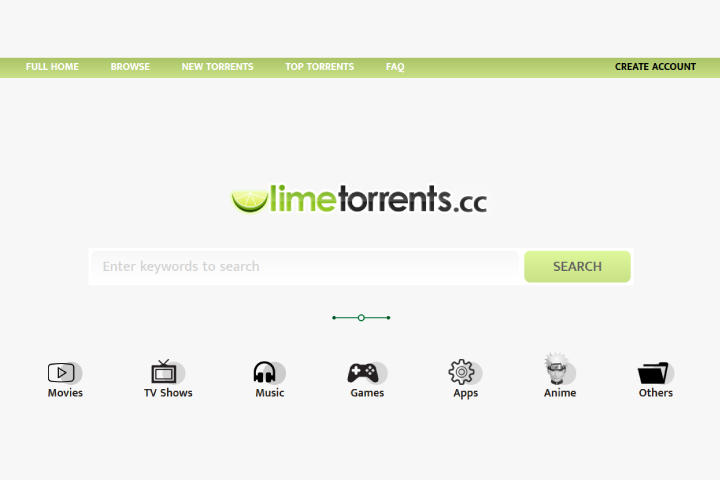HTTP Headers
6 Ways to Speed Up Your Website That You Didn’t Know About
Here is the list of top 6 Ways to Speed Up Your Website That You Didn’t Know About. Learn how to lightning fast and Quicker load times your website.

Being on Google’s coveted 1st page can be quite the achievement, especially for a small business. There is a reason that the time a page takes to load is vital to a website.
Quicker load times provide a smoother experience for the user, a user is more likely to return to a quick-loading page.
Making your page lightning fast won’t require you to go digging through code or hiring someone. There are several simple strategies to help you lighten up your website. Before you go manipulating images or deleting code, always remember to make a backup copy of your website. This way, you’re protected from mistakes.

Table of Contents
Optimize Image Size
There are several, small tricks to optimize images. Large images take up a substantial amount of space on your page and will use up a lot of server space. The goal here is to optimize and shrink the image while not sacrificing its quality.
There are various ways you can manipulate images to shrink their file size. You can specify the image’s dimensions, this will help the browser is loading it up. You can also save the images in a different format. Another small way to save image space is taking the image to a separate site. These sites have the ability to compress the image file itself and that will really reduce its size.
Images can show the user visiting your site your business’s level of professionalism and expertise. If you don’t quite know how to manipulate an image, then it may look unsightly on your site. Never put low-quality images on your site.
There are several ways to manipulate these images. To manipulate the dimensions of the image, specify using height and width tags. To save the image in another format you can do this easily by using Photoshop, then save it as a .jpg or .png. You can also do this when compressing the image on a separate website.
Use Expires headers
Many modern websites may have a large number of files they need to load. The more objects on a website, the long load times. A great way around this is to add Expires Headers. This will reduce server load and reduce user load time.

If a visitor opens your site, their browser will store the site’s file in its cache for a certain time. The next time that same user visits your site, the browser will not have to ask the server for its information.
This not only reduces the latency when entering your site but also reduces server load. This also means that there are fewer HTTP requests, overall.
So, adding Expires Headers can help your site reach its quickest speeds, although be cautious as this may be a bit more complicated. Always backup your website before making large edits. If you take the time to make it, users will cache your website and load times will be significantly less.
Make Sure Site Scripts Are Up to Date
Failing to make sure that your site is up to date may also be a factor to your site not loading very well. This is for you if your site is on WordPress. Keeping your site up to date will also help keep your site from being vulnerable to hacking or cyber-attack.
This may depend on your site of choice but for WordPress, you’ll have to update regularly. Open up your dashboard and look for the Updates tab. Regular updates will keep your WordPress running smooth.
Use fewer HTTP requests
Using redirects, or connecting different sites together, can lead to multiple domains. These redirects will need several HTTP requests. With all the objects on your page, the visitor will have to load everything from the images, animations, scripts, and fonts. All of this adds latency, so only use those redirects when you will need them or can’t find another way around.
Every element on your page will have another HTTP request. It is the first-time visitors who will be most affected by this. While you don’t need to minimize everything on the page, there are ways around this problem.
Reducing the number of HTTP requests your website needs will vastly improve speed. This is the perfect place to start when wanting to reduce load times.
Small redirects will add some significant latency, but this can be solved by noting the exact number and size of the redirects. Once you’ve found a large file that’s gunking up the load times, you can minify the codes yourself in HTML, and JavaScript. There are also online auto-minifiers to help you out with this process
To remedy this, you could also simply combine the multiple files, scripts and CSS files into one of each. There are tools online to help with this as well.
Using CDNs
A CDN or a Content Delivery Network is a series of servers across many locations. Content will be delivered quicker with closer, more abundant servers. This service gives users from all across the world quicker web load times.

As mentioned, a Content Delivery Network uses servers to efficiently deliver content to a user that may be in a specific location. That can be a location that’s further or closer to you, depending on the server network.
So, in the case of a network that is closer to a specific user, a CND will deliver the website faster than if there was no CND usage. In fact, with CND, a user can experience 60% quicker load times.
Using Gzip
Gzipping your website’s files can drastically reduce the size of your website. Gzip compression is of the most effective ways to reduce response time. Yahoo said, “[Gzip] generally reduces the response time by about 70%.”
When you take a large file and convert it to a .zip file, the overall size of it can be formidable. Gzip is similar to the zipping process, but for entire websites. This size reduction will result in faster load times.
Using a Gzip, it is relatively easy to implement into your website. There are different methods. This depends on what server you are using; whether it be an Apache or IIS server.
Conclusion
Website optimization shouldn’t be a hassle. It’s often the case that optimizing images or objects can really help with speeding up the site.
There are tons of ways to maximize the speed of your website although these are some of the more important/common ways. Becoming the fastest is not major in the long run. However, having your users be comfortable in their experience is vital. In the end, consider running a site that you can simply be proud of.
Helpful Resources:
1. 16 Best SEO Practices For Web Developers & Search Marketers in [2019]
2. SEO in 2019 [Tactics That Work] & How To Learn SEO in 2019 Hustle-Free
3. 16 Best (free) AMP – (Accelerated Mobile Pages) WordPress Plugins in [2019]
4. Top 50 Best (Free) WordPress WooCommerce Plugins for your storefront in [2019]
5. 16 Best Free SEO WordPress plugins for your Blogs & websites in [2019]
-

 Instagram4 years ago
Instagram4 years agoBuy IG likes and buy organic Instagram followers: where to buy them and how?
-

 Instagram4 years ago
Instagram4 years ago100% Genuine Instagram Followers & Likes with Guaranteed Tool
-

 Business5 years ago
Business5 years ago7 Must Have Digital Marketing Tools For Your Small Businesses
-

 Instagram4 years ago
Instagram4 years agoInstagram Followers And Likes – Online Social Media Platform















